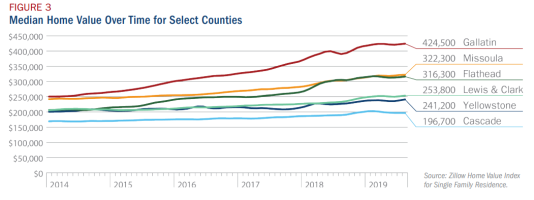CodeWarrior
REGISTERED

Debate Over Building Codes Heats Up as Housing Affordability Crisis Deepens
While home builders argue rolling back code requirements will help affordability, code officials engage with contractors and builders to develop standards the promote affordability.
It looks like ICC is trying to hold firm against NAHB complaints about code driven construction costs. ICC was heavily criticized for modifying the IECC after the consensus process was completed, so with new leadership, it will remain to be seen if that was the last time this will happen.
Of course, the ICC codes are model codes, so NAHB and others are actively petitioning state and local governments with cost related proposals.
Housing costs are largely driven by supply and demand. Divorce and other circumstances creates the need for two or more households from what was previously one home. Further, the percentage of the economy devoted to home building peaked in the 1970s and hasn't come back since. Some of the slowdown is due to agencies like the Calif. Coastal Commission and local efforts that made construction impractical.



